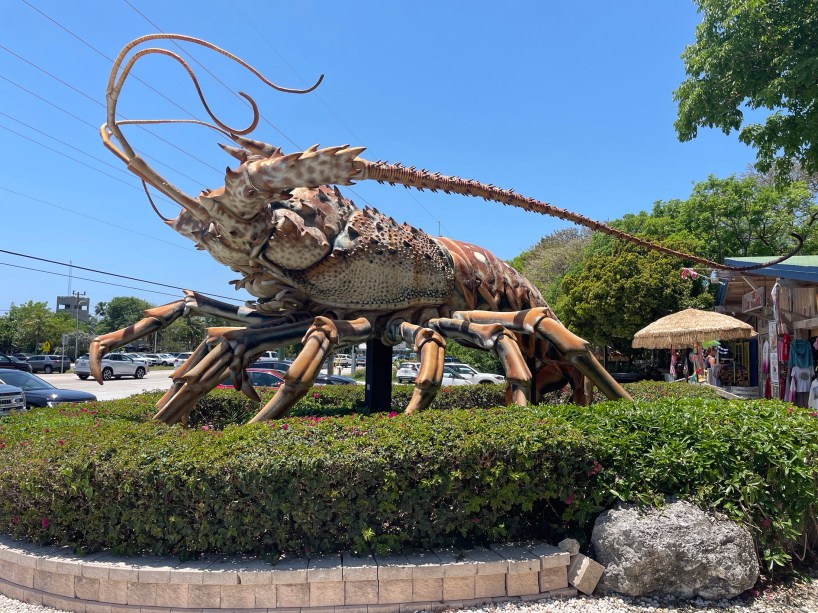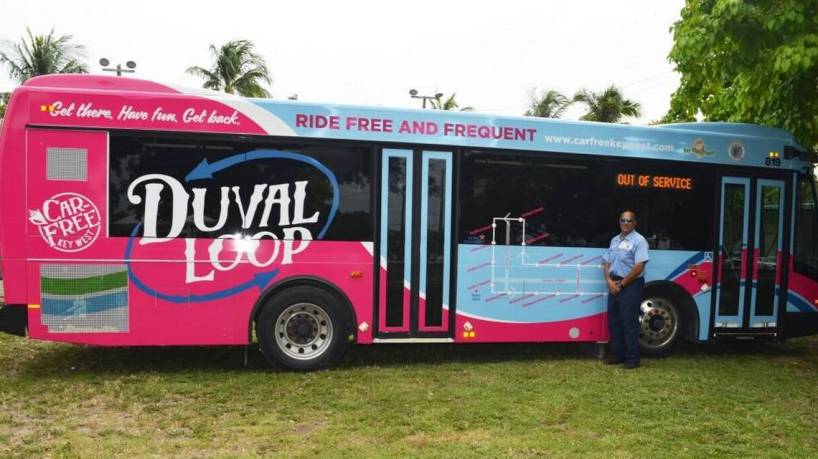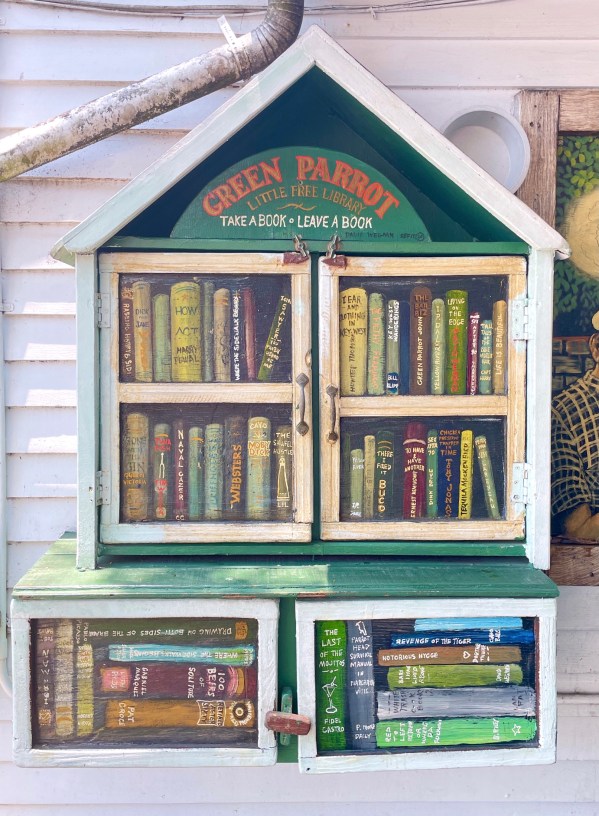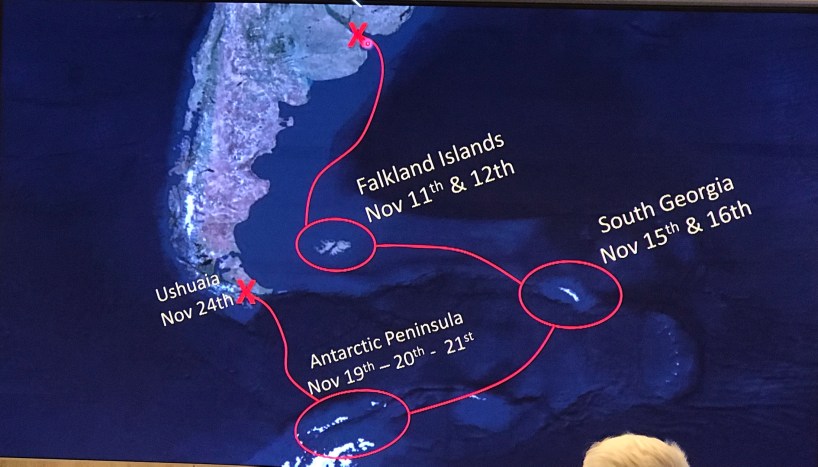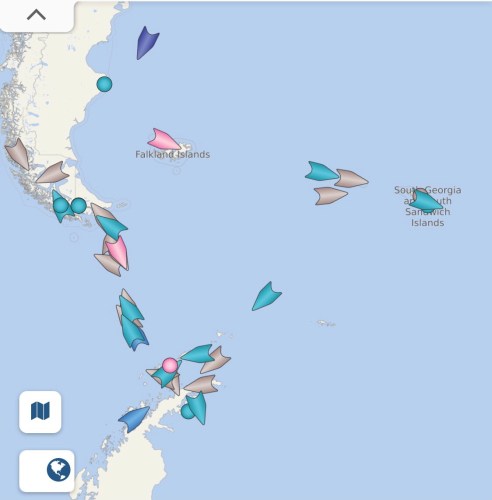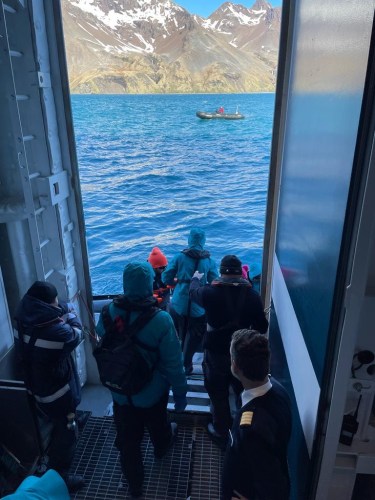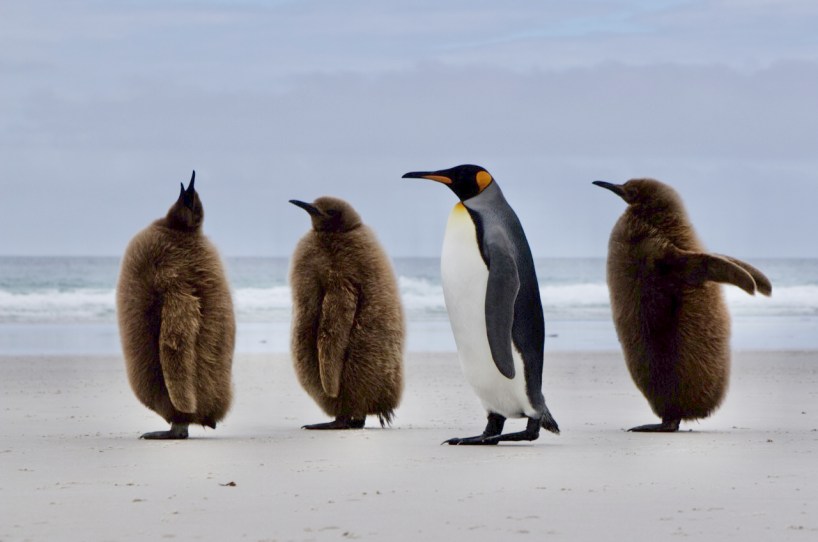When we started planning a visit to Hawaii, I knew it was going to be pricey. But it was my 50th state, and we wanted to do it up big. While I was booking our hotels and flights in and out of two islands, I questioned whether we needed to rent a car. I checked a few rental prices, but at an average cost of $140 a day for 10 days it was really going to add up. Instead I used a few savvy traveler tips and saved us over $1100.
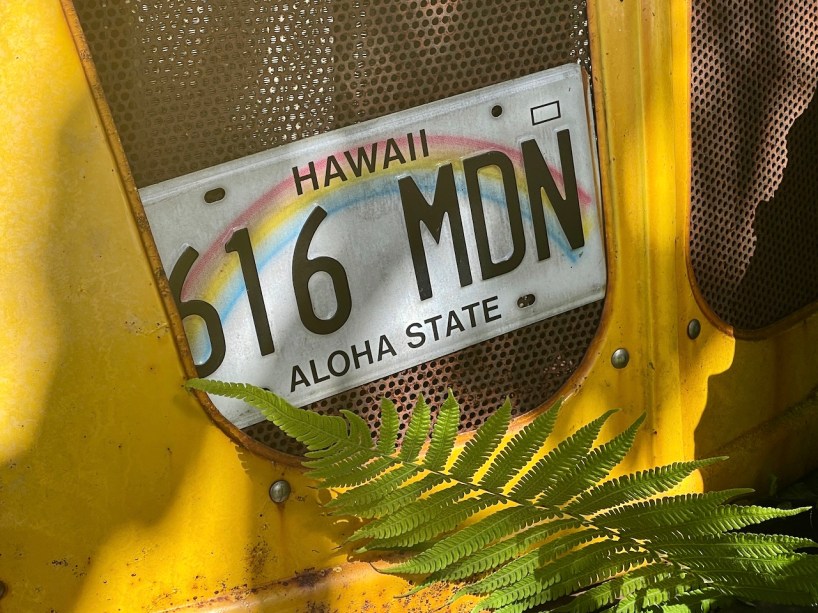
1. Walk away from the airport
When we arrived in Kona, on the Big Island, we checked to see how much an Uber to our guesthouse would be. It was only 4 miles away, but the price of the ride was $40. I didn’t want to walk all the way, because it was up in the hills, but after being on a plane for seven hours, I was ready to stretch my legs. We strapped on our backpacks (we always travel light) and we walked about 1 mile from the terminal until we were off the airport grounds. At that point we checked the Uber app and at only $16 we were ready to hop in. Obviously this tip won’t work in busy airports like DFW or LaGuardia, but you can try it at airports that are more walkable, or that have metros to leave the airport grounds.

2. Take the public bus
As of February 2024, the public buses on both the Big Island and Maui are free. I don’t know about the other islands, because I did not visit them on this trip. We were able to pick up a public bus going from Kona to Hilo, very close to our accommodations. It was a beautiful ride across the island, meandering in and out of quaint little towns, along the seashore and over the mountains. We enjoyed our “tour” of the island, and saved ourselves the price of a rental car, or a shuttle from Kona to Hilo. Normally the Hawaii buses are $1-2, depending on your age. Not bad!

3. Check the website of your destination attraction
When we are visiting an attraction that is a bit outside of town, I often check their website to see if they mention if they are on a public bus route, or a metro or subway. We knew we wanted to visit Haleakala National Park and since we didn’t have a car, I wasn’t sure how we were going to get there. When I checked the National Park website, I noticed that the Big Island public bus goes straight to the Visitor Center. While the bus is free, getting into the national park does cost $15. The bus driver will stop at the front gates so that you can pay. If you have a US national parks pass, you can use it at the ones in Hawaii so make sure you bring it along on your trip. There were four buses a day that dropped off at the national park, so you could return in the same day or like us, spend the night in the park itself.

4. Rent a car with Turo
I wanted to do two other things that were not on a public bus route. But I still wasn’t willing to pay $140 to rent a car for one day. So I checked on the Turo app, and found a car near our hotel for just $56 a day. Turo is a way for regular people to loan out their cars for short periods of time. With taxes and fees it came to about $80, and unlimited miles so I knew we could get to the places we needed to go. We picked up the rental car at 10 AM, and drove to the Green Sand beach for a hike. Then we drove all the way up to the Mauna Kea observatory to watch the sunset. I was worried we would not be back in time to turn in the car, but when I messaged the car owner in the app, he very quickly responded and encouraged me to enjoy the sunset and get the car back when we were finished. On the way back down from the hill, we refueled the car, returned it to the owner, and walked back to our hotel. By turning in the car on that same night, we also saved ourselves a $25 parking fee at our hotel.
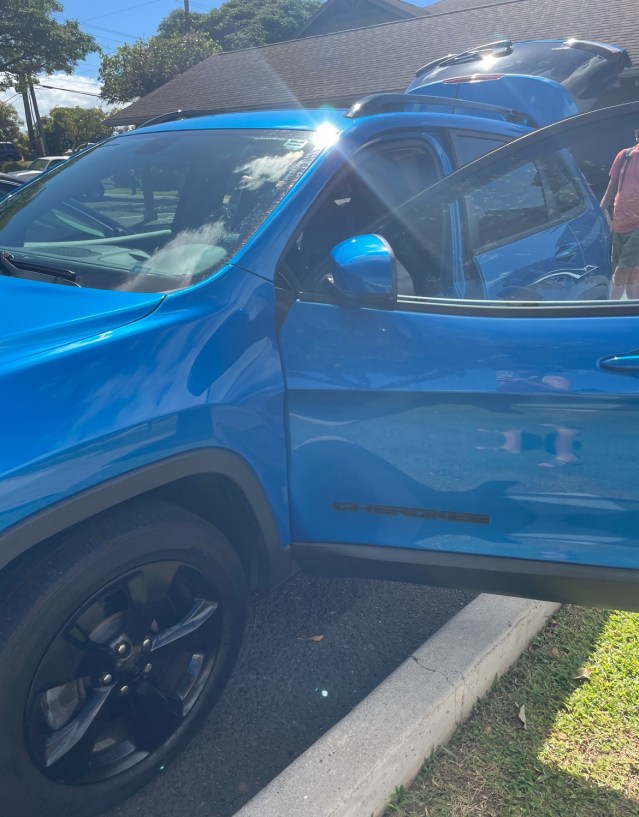
5. Look for free tours with your hotel or hostel
When we arrived on Maui, we could tell that accommodations were going to be very expensive. We decided to stay at a hostel in Kahului, in part because they offered a shared van tour every day of the week to different parts of the island. One of the days we were staying there, we signed up for the “Road to Hana” tour and along with 13 other people, we had a fun day trip, stopping at waterfalls, black sand beaches, food trucks, and getting vegan ice cream, as well as swimming at the beach, and watching the sea turtles and surfers. It was a great way to spend the day and we got to see way more than we would’ve even known to go look at if we had been traveling on our own. At the end of the day we tipped our driver to show our appreciation.
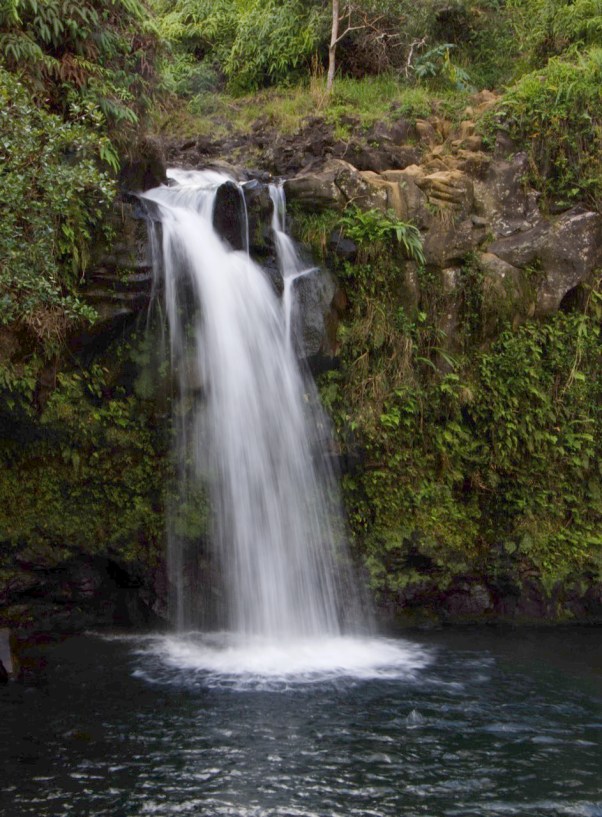
6. Talk to your fellow travelers
One day we took the van tour, a few people missed the chance to sign up and the tour spots filled. Four of the other guests decided to go in on a car together. They followed the van tour, and each one covered 1/4 of the cost of the rental. In the past I have wound up sharing a car and the costs with hostel or guesthouse friends, and it’s a great way to see some sights that are further away than the immediate city- and make a new friend!

7. Try a carpooling app
Speaking of sharing costs, there are other ride-sharing and car-pooling apps. I’ve looked at both Hitch (Texas, Florida, Oklahoma area) and BlablaCar (Canada and Europe), which are great for one-way trips. The CarpoolWorld app offers rides between various Hawaiian cities. Basically, if someone needs to go from, say, Austin to Houston, they can check and see if a driver is planning on making that drive (or a longer one that includes those cities). The driver will probably charge a small fee, but it’s not exactly the same as a taxi or Uber, because the driver is already planning to take that drive and is happy to have a passenger to share the costs. It’s an interesting way to match up drivers with passengers, with over 26 million people a year using BlablaCar.
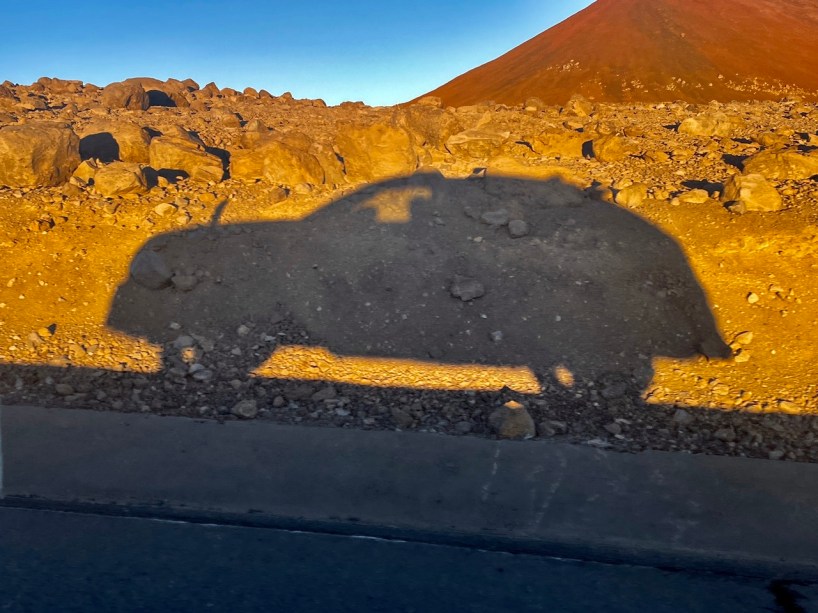
In short, there are lots of ways to avoid renting a car. Using public buses, sharing rides, and taking a walk now and then can help overly-congested tourist places have fewer cars on the road, save on costs, and lower carbon emissions. For us, it meant we could spend more time gazing out the window and enjoying our surroundings, while still getting to where we wanted to go. A win/win situation!

Have you tried an alternative method of transportation? Let me know about it in the comments below!








